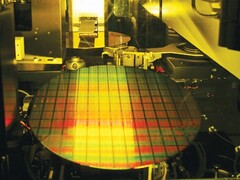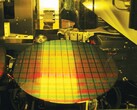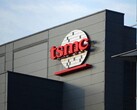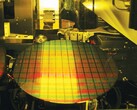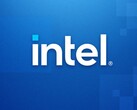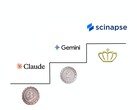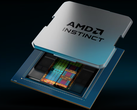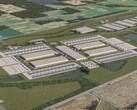TSMC delivered its strongest results to date in the April-to-June period, lifting revenue 38.6 percent year-on-year to NT$933.79 billion ($31.81 billion) and driving net profit up 60.7 percent to NT$398.27 billion ($13.57 billion). Diluted earnings reached NT$15.36, equal to $2.47 per American depositary receipt.
Gross margin expanded to 58.6 percent, operating margin hit 49.6 percent, and net margin landed at 42.7 percent—levels rarely seen among large chipmakers. Advanced nodes again did the heavy lifting: 3-nanometer wafers contributed 24 percent of quarterly sales, 5-nanometer 36 percent, and 7-nanometer 14 percent, meaning processes of 7 nanometer or finer accounted for 74 percent of wafer revenue.
Chief Financial Officer Wendell Huang credited “continued robust AI and high-performance computing demand.” At the same time, Chief Executive C.C. Wei called Nvidia’s newly reauthorized H20 shipments to China “very positive news” for both firms. Those drivers pushed Q2 revenue 17.8 percent higher than the previous quarter, despite a strengthening Taiwan dollar.
Management expects third-quarter revenue between $31.8 billion and $33.0 billion—up as much as 40 percent yearly—but guides gross margin lower to 55.5-57.5 percent and operating margin to 45.5-47.5 percent. The full-year revenue outlook has been raised to roughly 30 percent growth in U.S.-dollar terms. However, Taiwan‑dollar appreciation and the upfront costs of ramping up new fabs in Arizona and Japan will pressure profitability.
Potential U.S. semiconductor-specific tariffs, a 12 percent appreciation of the Taiwan dollar in 2025, and softer iPhone sales remain risks for the December quarter. Even so, TSMC holds its capital-expenditure plan at $38-42 billion and says customer orders show no sign of tapering. Company shares, up about 80 percent last year, have gained just 5 percent year-to-date amid those policy and currency concerns.
TSMC is the center of the generative AI supply chain, and for now, demand for its leading-edge capacity easily outweighs macroeconomic and geopolitical uncertainties. Whether tariffs and exchange-rate pressures erode the firm’s industry-leading margins will become clearer as 2025 draws closer.
Source(s)
Reuters (in English)




